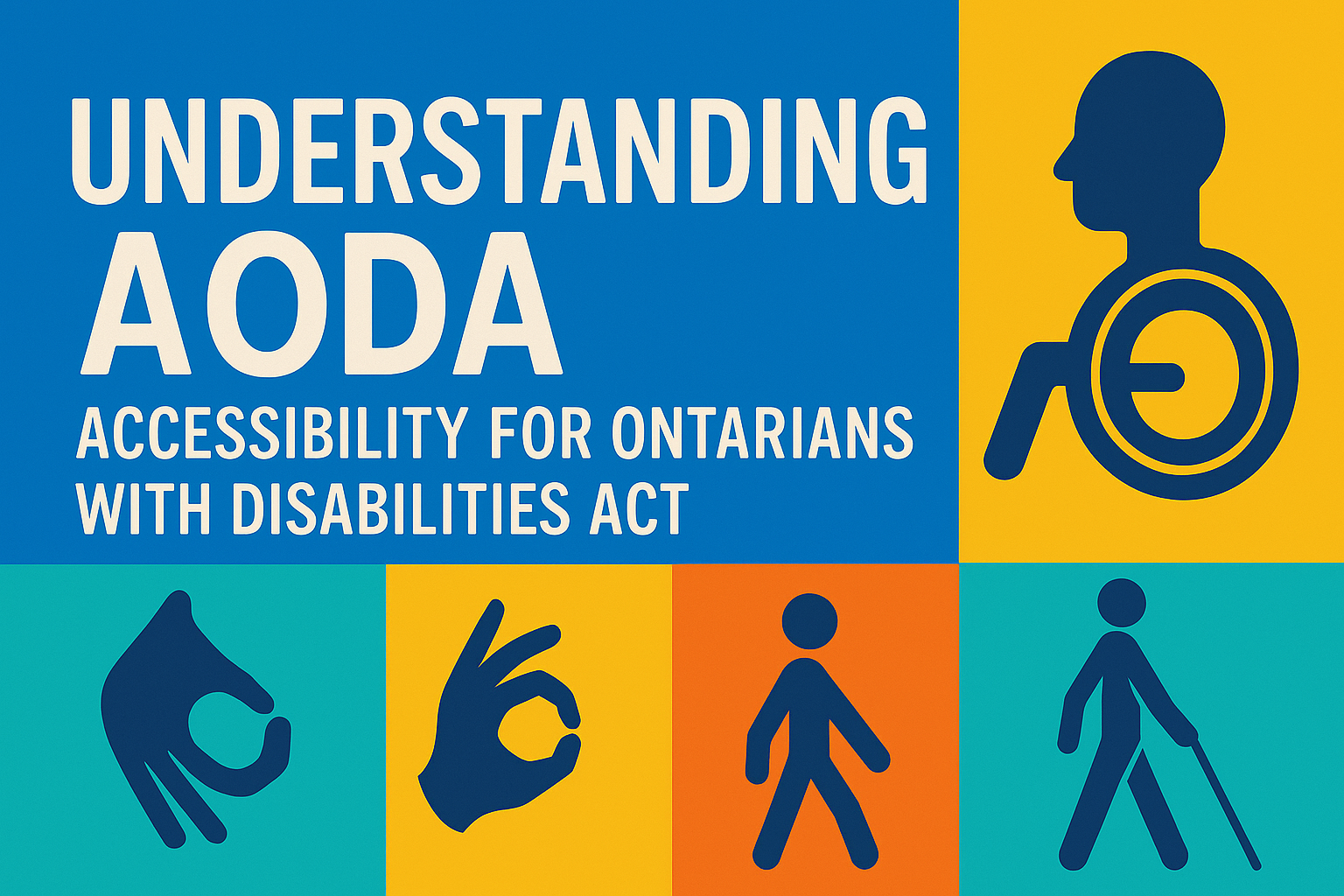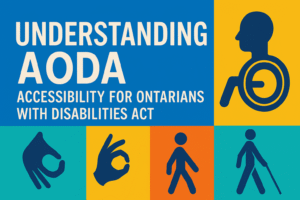
Understanding AODA: Accessibility for Ontarians with Disabilities Act
Tag:Accessibility awareness training Ontario Canada, Accessibility compliance workplace Ontario, Accessibility for Ontarians with Disabilities Act, Accessibility in the workplace Ontario, Accessibility Ontario compliance, Accessibility standards training Ontario, Accessibility training Ontario, Accessibility training Ontario certification, Accessibility workplace standards Ontario, AODA 2005, AODA 5 standards, AODA awareness training, AODA certificate of completion, AODA certification course, AODA certification exam, AODA certification Ontario online, AODA certification training, AODA compliance report Ontario, AODA compliance training Ontario, AODA customer service standard, AODA design of public spaces, AODA employment standard, AODA information and communications standard, AODA Ontario, AODA overview Ontario, AODA reporting requirements Ontario, AODA standards and compliance, AODA training course Ontario, AODA training for employees Ontario, AODA training introduction, AODA training with certificate Canada, AODA transportation standard, AODA workplace compliance Ontario, AODA workplace overview training, AODA workplace training, Disability inclusion Ontario, Inclusive customer service Ontario, Ontario accessibility law, What is AODA

